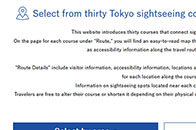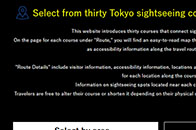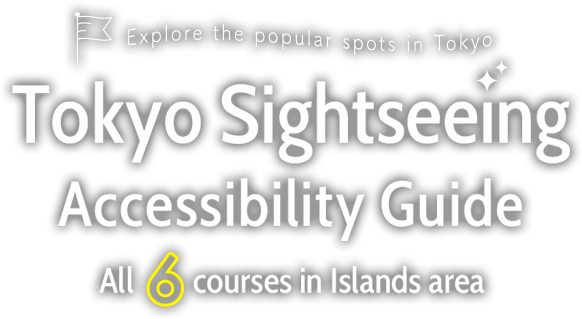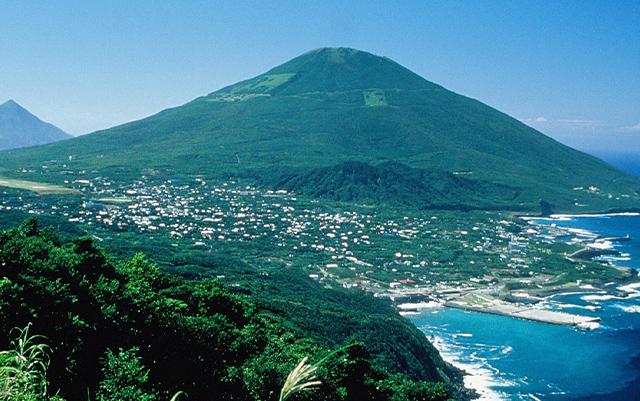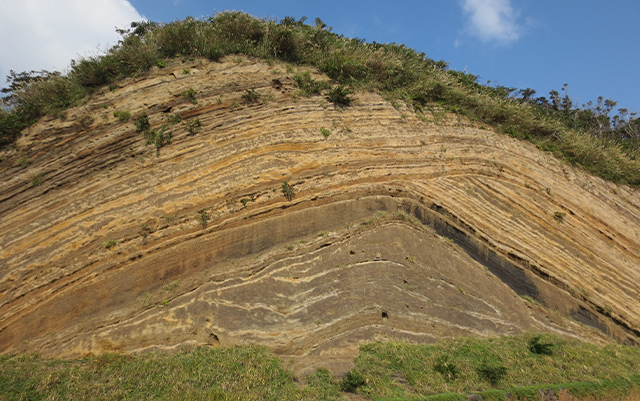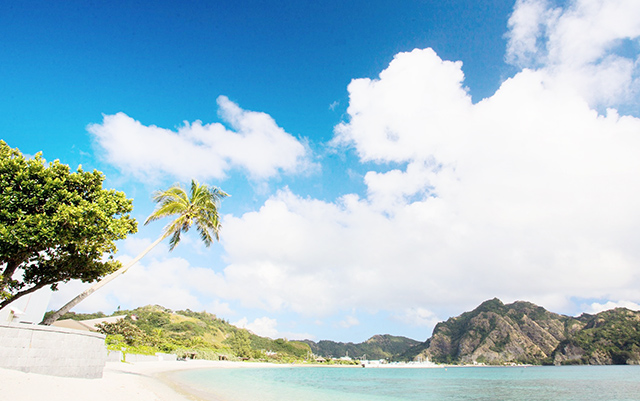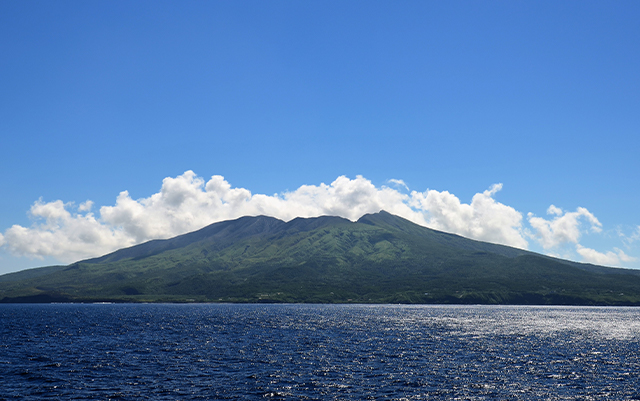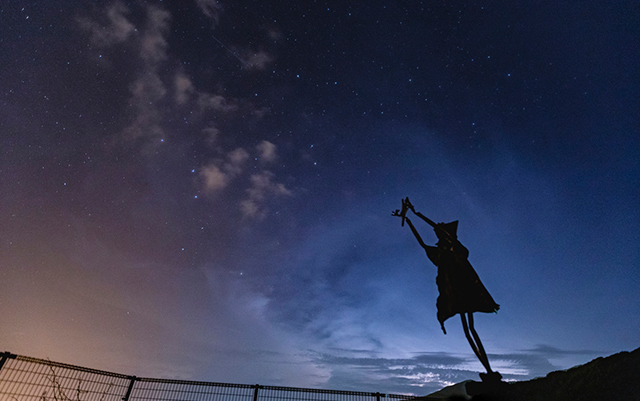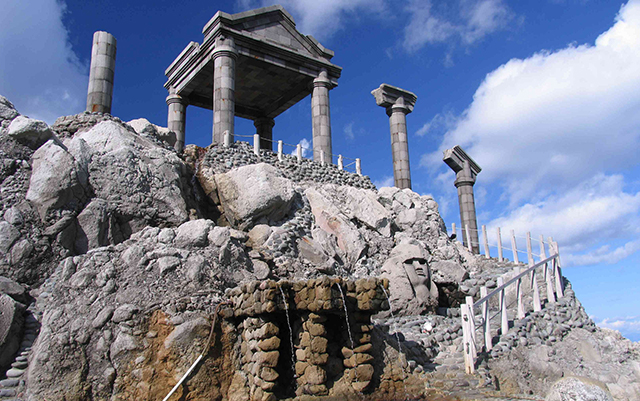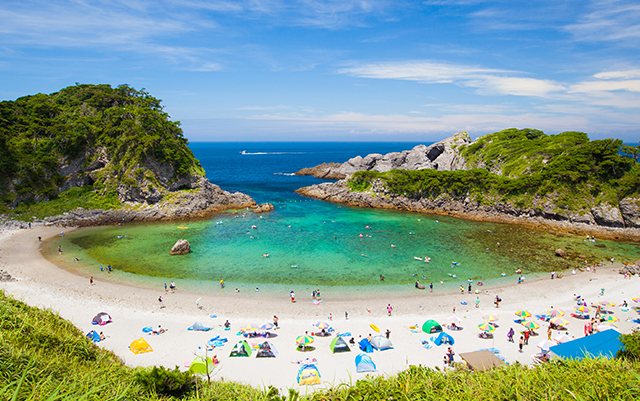Islands area course list
This website introduces model courses in the islands area.
On each island course page, the "Course" section provides an overview of the model course for each date, and the "Course Details" section provides information on sightseeing, barrier-free access, restrooms, etc. for each facility.
Information on other sightseeing spots, restaurants, and accommodation on the island is also available.
*Please enjoy the tour according to the situation, such as shortening the course according your physical condition, available time, and preferences.
-
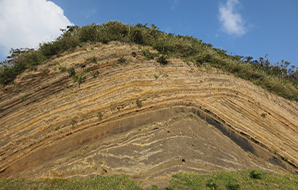
Ohshima
Volcanic Island in the Kuroshio Current
Izu Oshima is the largest of the Izu Islands, located in the ocean, 120 km south of central Tokyo. Mount Mihara rises 758 m above sea level at the center of the island. The entire island of Izu Oshima is an active volcano, the base of which continues to the sea floor. It is also part of the Fuji-Hakone-Izu National Park, and about 97% of the island is regulated by the Natural Parks Act. Therefore, the natural landscape and ecosystem are well protected, making it an island where visitors can enjoy and learn about the connection between people, land, and nature.
-
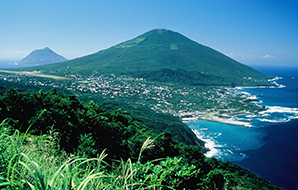
Hachijojima
Tokyo’s nearest Tropical Island
Hachijojima is a tropical island that is only a 55-min. flight from Haneda Airport. The Hachijo Round Trip Road is about 45 km long, encircling the gourd-shaped island formed by two volcanoes. Visit the various spots, feel the mountain greenery and sea breeze, experience traditional crafts and performing arts, and enjoy seafood and island shochu.
-
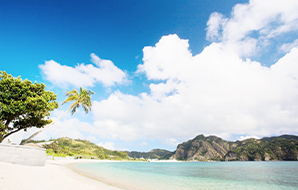
Ogasawara Islands
World Natural Heritage Island
About 1,000 km south of central Tokyo, the Ogasawara Islands are accessible only by the Ogasawara Maru, a liner that makes one trip every six days, taking 24 hours each way. The islands have never been connected to the mainland since their birth, and there are many endemic species found only on the Ogasawara Islands. Night tours are also popular, allowing visitors to observe the starry night sky and nocturnal creatures, such as the "Ogasawara flying fox”. Visitors will experience the charm of the Ogasawara Islands, which are warm throughout the year and surrounded by beautiful Bonin blue waters.
-
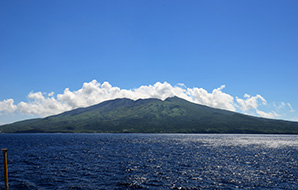
Miyakejima
Natural volcano museum where you can feel the heartbeat of the Earth
Miyakejima Island, located about 180 km south of central Tokyo, is an active volcano belonging to the Fuji Volcanic Belt. The island has been repeatedly erupting in a 20-year cycle, with the most recent eruption occurring at the summit of Mount Oyama in 2000, and previous eruptions occurring in the Ako district in 1983 and the Tsubota district in 1962. The magnificent volcanic island scenery that can be seen throughout the island is like a natural volcano museum. Feel the pulse of the Earth with your whole body.
-
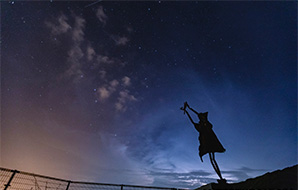
Kozushima
Cobalt Blue & Dark Sky Island Lets You Enjoy the Sea and Sky
Kozushima Island, located approximately 180 km south of central Tokyo, has been designated as a “Dark Sky Island” as well as a “International Dark Sky Places“. Its attractions are Tenjosan, the island's symbol and mythical mountain, as well as white sand beaches and cobalt blue sea. There, the sky is like a natural planetarium. The mountains, sea, and sky offer a beautiful and rich natural experience every season, at any time of day. Fishing is the main industry, and the catch ranks first in Tokyo. You can enjoy fresh fish such as Splendid alfonsino, along with local vegetables such as Ashitaba.
-
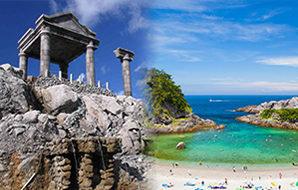
Niijima and Shikinejima
Niijima with its long white beach; flat and compact Shikinejima
These islands are located in the northern part of the Izu Islands, about 160 km south of Tokyo. Niijima and Shikinejima used to be connected to each other, but were separated by a tsunami caused by the Genroku Earthquake (1703) during the Edo period. Although they are only about 15 minutes apart by ferry, they offer different scenery and different ways to ben enjoyed.

